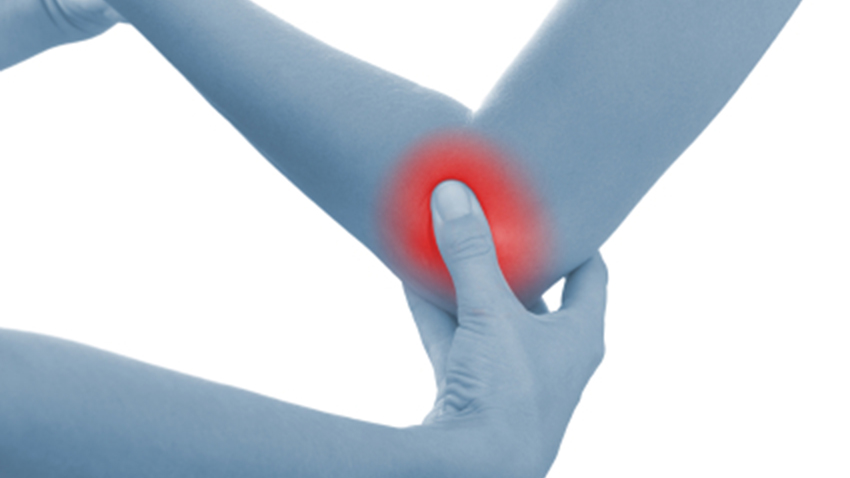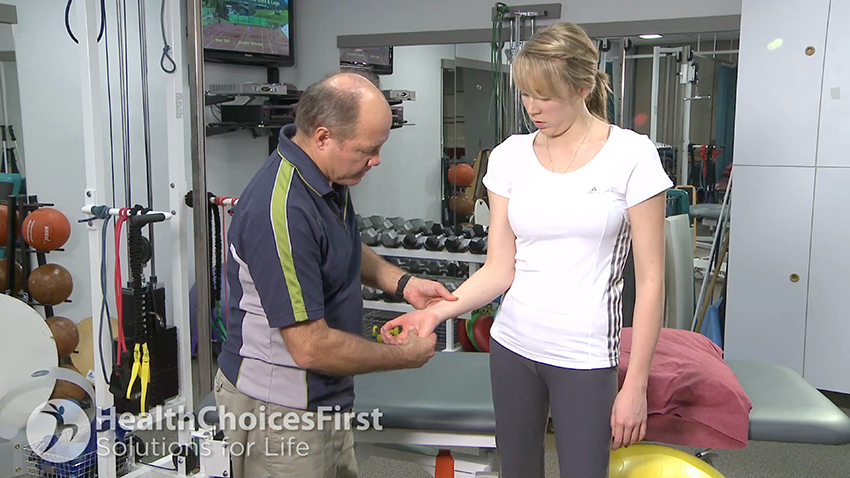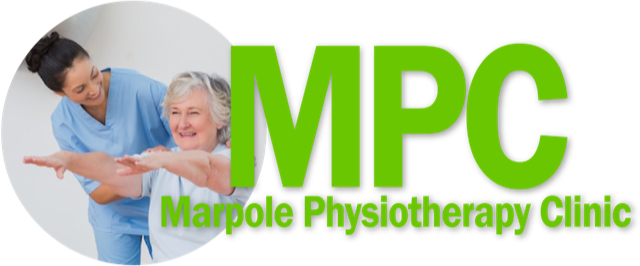Chronic Disease Education
Acute Condition Education
Working with your Family Physician
Working with Allied Care Providers
Elbow Injuries

Knowledge is Power.
True/False - Quiz: Do You Understand Elbow Injuries?
Information - Elbow Injuries
 There are a number of causes of elbow pain, including ligament sprain, bursitis, bone injury or a nerve irritation local to the elbow or referred from the neck, upper back or shoulder. One of the most common causes of elbow pain is repetitive strain or overuse of the muscles of the forearm. Eventually, the muscle and tendon can become overloaded and result in pain or weakness with any hand movements.
There are a number of causes of elbow pain, including ligament sprain, bursitis, bone injury or a nerve irritation local to the elbow or referred from the neck, upper back or shoulder. One of the most common causes of elbow pain is repetitive strain or overuse of the muscles of the forearm. Eventually, the muscle and tendon can become overloaded and result in pain or weakness with any hand movements.
Types of Elbow Pain
Pain felt along the outer aspect of the elbow or forearm is known as extensor tendinopathy, or more commonly referred to as tennis elbow. Pain experienced on the inner aspect of the elbow or forearm is typically known as flexor tendinopathy or golfer’s elbow. Playing tennis or golf are not the only reasons for experiencing tennis or golfer’s elbow. It’s typically associated with any occupational, leisure or sporting activities that involve repetitive or prolonged gripping, lifting, writing or playing a musical instrument.
An easy way to help you determine if you might have tennis elbow is to see if you can reproduce that pain on the outside of your elbow specifically by resisting extension of your third finger. This is a muscle that is specifically attached to this part of the elbow, so that muscle contraction can help to differentiate this from a different kind of injury.
Treatment for Elbow Injuries
There are a number of treatment options for elbow injuries and pain, including stretching the muscle or conditioning the muscle around the scar tissue to increase blood flow to the area to help heal. Bracing may help some patients if they wear it during work or sporting activities that exacerbate their symptoms.
Surgery can be an option for elbow injuries, however, it’s usually reserved for patients who have undergone other treatments and still remain symptomatic beyond six months. Surgery involves excising the scar tissue around the area that’s painful and allowing blood flow to come in to heal this process.
 A physiotherapist can perform an assessment to determine an appropriate treatment plan to help you reduce pain and regain your normal strength and function. Treatment may involve hands-on therapy such as joint mobilization or soft tissue techniques, and/or needling techniques such as acupuncture or intramuscular stimulation.
A physiotherapist can perform an assessment to determine an appropriate treatment plan to help you reduce pain and regain your normal strength and function. Treatment may involve hands-on therapy such as joint mobilization or soft tissue techniques, and/or needling techniques such as acupuncture or intramuscular stimulation.
Talk to your healthcare provider if you'd like more information on elbow injuries.
Visit HealthChoicesFirst.com for more videos and resources on sports health.
Print this Action Plan and check off items that you want to discuss with your healthcare provider
-
There are a number of causes of elbow pain, including ligament sprain, bursitis, bone injury or a nerve irritation local to the elbow or referred from the neck, upper back or shoulder.
-
Pain felt along the outer aspect of the elbow or forearm is known as extensor tendinopathy, or more commonly referred to as tennis elbow. Pain experienced on the inner aspect of the elbow or forearm is typically known as flexor tendinopathy or golfer’s elbow.
-
There are a number of treatment options for elbow injuries and pain, including stretching the muscle or conditioning the muscle around the scar tissue to increase blood flow to the area to help heal.
-
Surgery can be an option for elbow injuries, however, it’s usually reserved for patients who have undergone other treatments and still remain symptomatic beyond six months. Surgery involves excising the scar tissue around the area that’s painful and allowing blood flow to come in to heal this process.
-
A physiotherapist can perform an assessment to determine an appropriate treatment plan to help you reduce pain and regain your normal strength and function.
